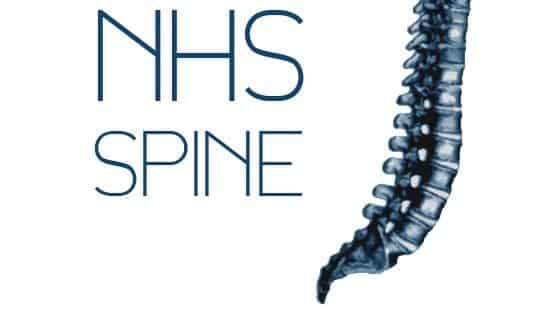NHS Spine 2 managed entirely in-house
- 18 February 2016

The new open source NHS Spine service is being run entirely in-house by the Health and Social Care Information Centre working with small and medium-size enterprises.
HSCIC chief operating officer Rob Shaw said the insourcing of Spine 2 was completed over the first weekend in February when the Data Transfer Service was moved inhouse and is now called Mesh (Messaging Exchange for Social Care and Health).
The insourcing process started when Spine 2 went live over the August bank holiday weekend in 2014.
“That exits fully our relationship with BT, we are now working purely with SMEs,” Shaw told Digital Health.
He said the HSCIC has ensured it does not become reliant on a single supplier because it does not want to be tied down going forwards. It is working with Mastek, Redcentric and local Leeds firms BJSS and Infinity Works.
Spine 2 has been built using open source components including the Riak open source database.
Shaw said the HSCIC still has a contract with the database supplier Basho in case anything goes wrong: “because Spine outages hurt the NHS so much, we have to make sure security resilience and sustainability are at the forefront of all design work.”
Spine has been 100% available since August last year and is much faster than previously. Estimates are that it saves 750 man days within the NHS every day because of the increased speed.
Spine 2 saved £21 million on the cost of previous contracts in its first year, “not because BT was overcharging, but technology has moved on and so where it’s possible to build using open source we should be looking to use it,” said Shaw.
“Some people are scared of it (open source) but Amazon Google and Facebook are built on the same type of technology. “
There are 400 million transactions via the Spine a month and that number is growing exponentially as it is used for more things by more people.
Shaw said the inhouse team is now responding to user demand to drive the priorities for changes and improvements.
“The cost of change and ability to make changes is far better, that’s key in terms of our inhousing. The Spine is the first major programme of this size and scale and complexity that we have insourced.”
“We’re not looking at insourcing everything but where it makes sense we will do it. If its better to be delivered by suppliers or locally then we will leave it, but deliver interoperability standards and open up APIs to make sure the market can adopt them.”
The HSCIC is also looking at assurance processes and cutting down the amount of additional overhead for suppliers to become Spine-compliant.
Shaw said a number of National Information Board programmes of work are reliant on the Spine and will require changes to the service.



